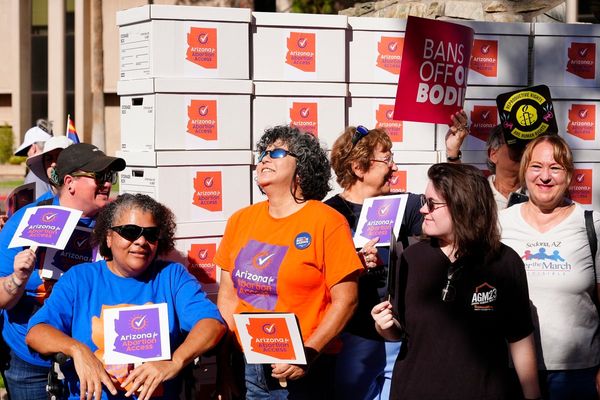
The pilot of an army chopper that crashed and killed all four on board took action to avoid a mid-air collision with another aircraft, a defence report reveals.
The Aviation Safety Investigation Report into the MRH-90 Taipan helicopter crash on July 28, 2023 was released on Wednesday.
Captain Danniel Lyon, Lieutenant Maxwell Nugent, Warrant Officer Class Two Joseph Laycock and Corporal Alexander Naggs were killed when their helicopter crashed into waters in the Whitsundays during Exercise Talisman Sabre.
The investigation found the primary cause of the tragedy was "spatial disorientation", which happens when a pilot misperceives the position of their aircraft in relation to the surrounding environment.
It concluded that the pilots were likely experiencing a level of fatigue shown to "impede optimal performance" and increase susceptibility to spatial disorientation.
"The estimated level of fatigue ... was considered sufficient to affect their actions and decisions in the event," the report said.

The crew, from the Sydney-based 6th Aviation Regiment, were flying in a helicopter given the call-sign Bushman 83, which was the third in a formation of four aircraft as part of a training exercise.
The report found that after making a turn, Bushman 83 climbed more than 100 feet within 14 seconds.
Cockpit voice recordings revealed there were no communications between the choppers for the period of the climb.
But a recording from inside Bushman 83 heard the co-pilot ask "have you still got ('em)".
The aircraft pilot replied "yeah still got ('em) mate".
It was found the aircraft pilot "almost certainly" lost sight of the helicopter ahead in the formation, Bushman 82.
The report stated the aircraft pilot of Bushman 83 likely didn't know the chopper was facing nose down and combined with a lack of recognition of the aircraft's increasing airspeed "resulted in a very high and unrecoverable rate of descent towards the water".
The two helicopters came within 50m of each other, with Bushman 83's aircraft captain taking action to avoid a mid-air collision.
The report found the helicopters were conducting manoeuvres during rain showers which limited visibility. The chopper was flying with its cabin doors closed which also restricted visibility.
The report identified 196 findings, resulting in 46 recommendations across the Defence Aviation Safety Program.
All of the recommendations have been accepted by the Defence Aviation Authority, which has committed to their implementation.
The aviation safety investigation has been labelled one of the most complex conducted by Defence in recent history.
Defence All-hours Support Line (ASL) - 1800 628 036
Defence Member and Family Support - 1800 624 608
Open Arms – Veterans & Families Counselling - 1800 011 046
Lifeline - 13 11 14







